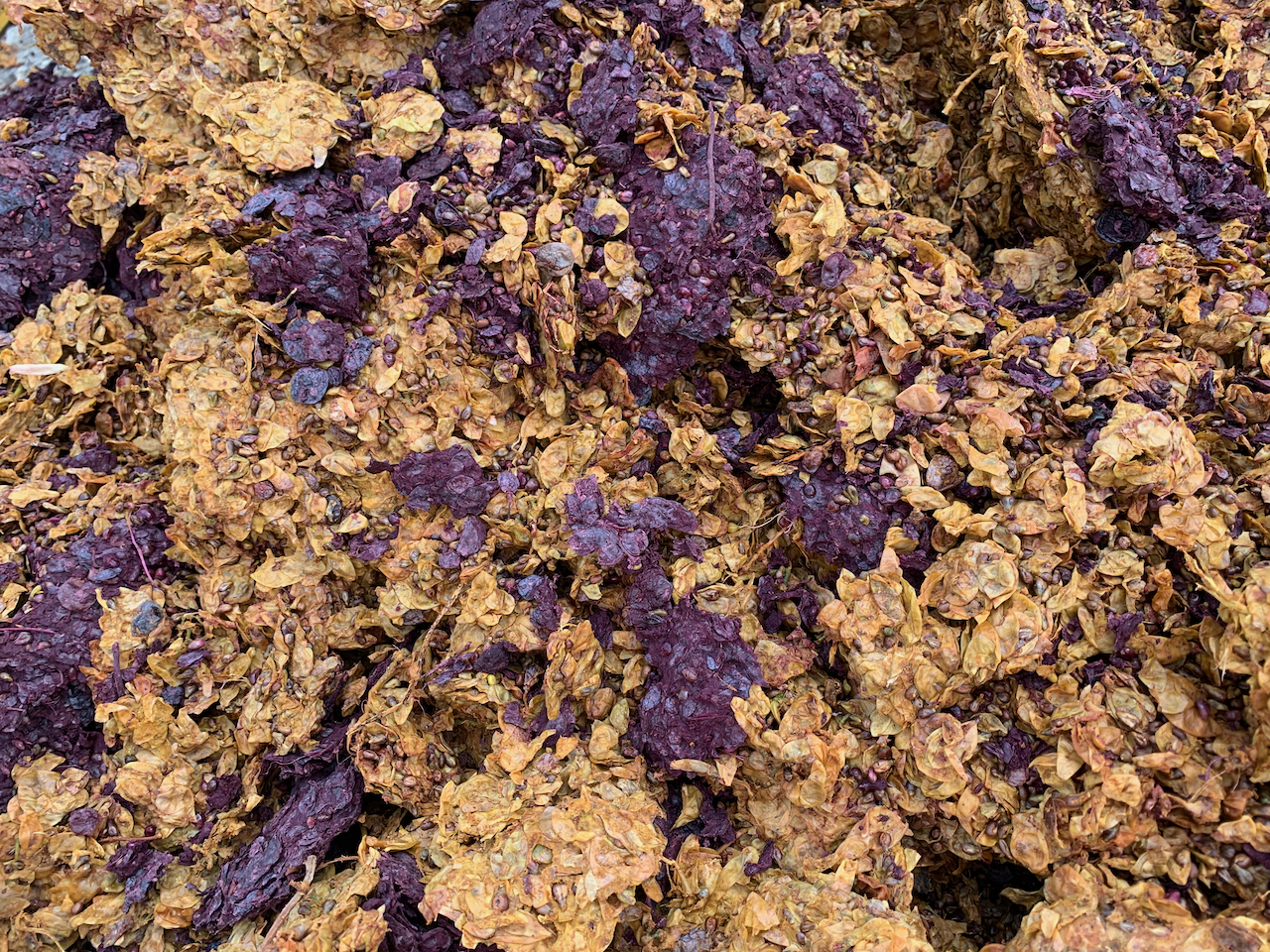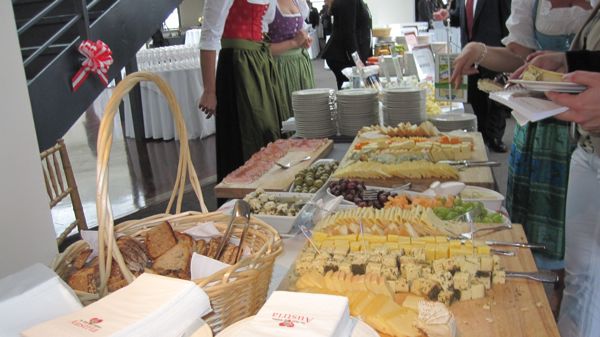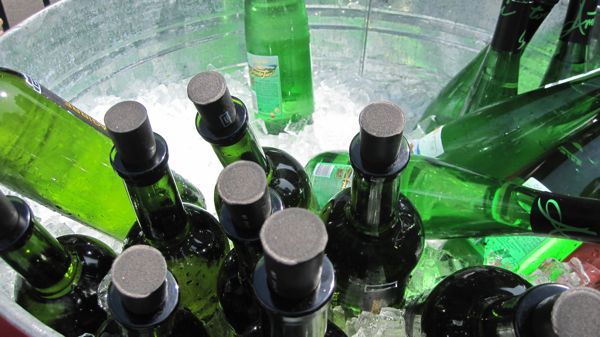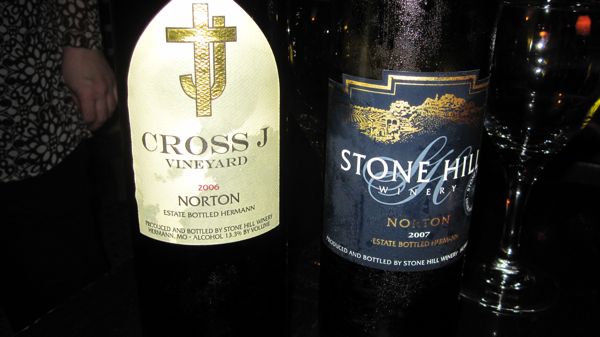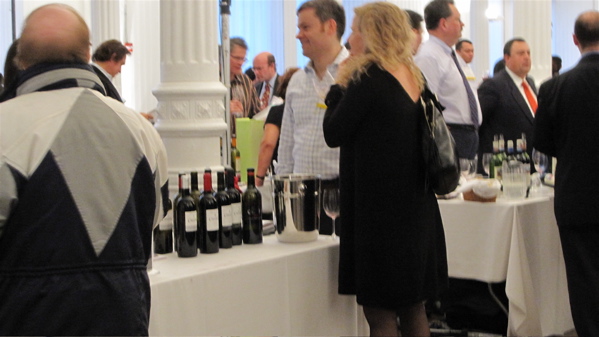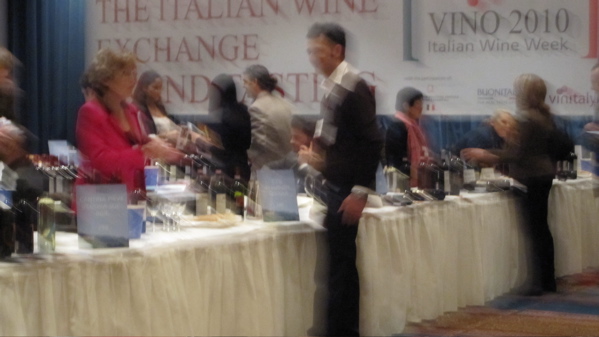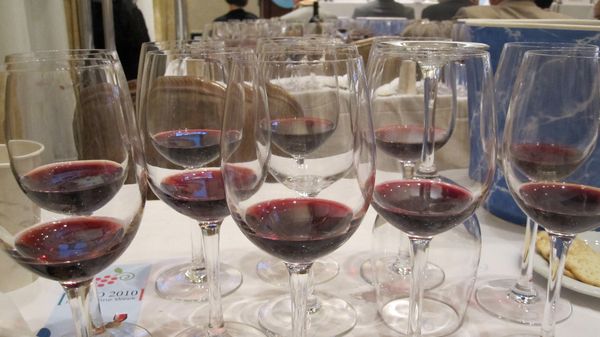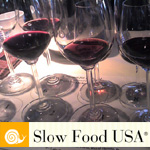Wine: Events
Local Wine Events have been around for years - a go-to listing of wine-related gatherings in your city. With Covid, Zooming with a glass of wine doesn't just
I've long been a fan of red wines from Austria -- in fact, I usually order Zwiegelt whenever I see it on a wine list (which, sadly, isn't as often as I'd like). No matter the producer, it's usually a reliably juicy, slightly spicy wine with cherry and red berry flavors, sometimes aged in oak but sometimes not. However, Austrian wine is still rather difficult to find...
If you haven't heard of Txakoli (sometimes, confusingly, known as Txakolina or Chacoli), or the grape hondarrabi zuri, you're not alone. But this tangy, low-alcohol wine that's popular in Spain's Basque regions (especially in and around San Sebastian) is gaining popularity in the U.S.
I chose an out of the way place...a little wine bar name Pinkerton on the corner of 'where the hell am i' and 'this doesn't look like brooklyn' street in Williamsburg. The intent was to meet up with a friend of a friend who just so happen to be in the wine importing / distributing biz just to get an idea of what it might take to bring in the delicious wines from Canada to share with our friends here in NYC.
When I heard there was a tasting of more than 400 wines from 90 Ribero del Duero wineries at New York's Puck Building, I was really excited. Though Jay and I have been wine tasting in Spain twice now (most recently last summer), we've concentrated our visits in Rioja with brief excursions to La Mancha and Jerez, but haven't yet made it to the Ribera region, about a two-hour drive north of Madrid.
The seminar's moderator, Italian wine expert Charles Scicolone, noted that people often dismiss Puglia wines as "too jammy, pruney, and lacking in acidity," but most of the wines we tasted today proved that perception wrong. I learned there are three main grapes grown in Puglia: negroamaro, primitivo and uva di troia, also known as nero di troia and often combined with malvasia nera, which is used mainly as a blending grape.
The cool thing about Calabria is that the region’s wine producers almost exclusively use regional varietals – primarily gaglioppo, plus arvino, greco nero, and magliocco canino in lesser quantities. (Other regional grapes I've never heard of include nerello calabrese and lacrima nera.) We learned that the Calabria region produces varieties that have disappeared or never existed in other regions.
WINEDERLUST WANDERINGS //
WINEDERLUST WISDOM //
“I just don’t see Big Wine allowing labels on wine reading something like this: This wine was dealcoholized by reverse osmosis and smoothed out with micro-oxygenation. Ingredients: Water, alcohol, grapes, chestnut tannin, oak extract, oak dust, genetically modified yeast, urea, enzymes, grape juice, tartaric acid, bentonite, and Velcorin.” – Alice Feiring, The Battle for Wine and Love or How I Saved the World from Parkerization
